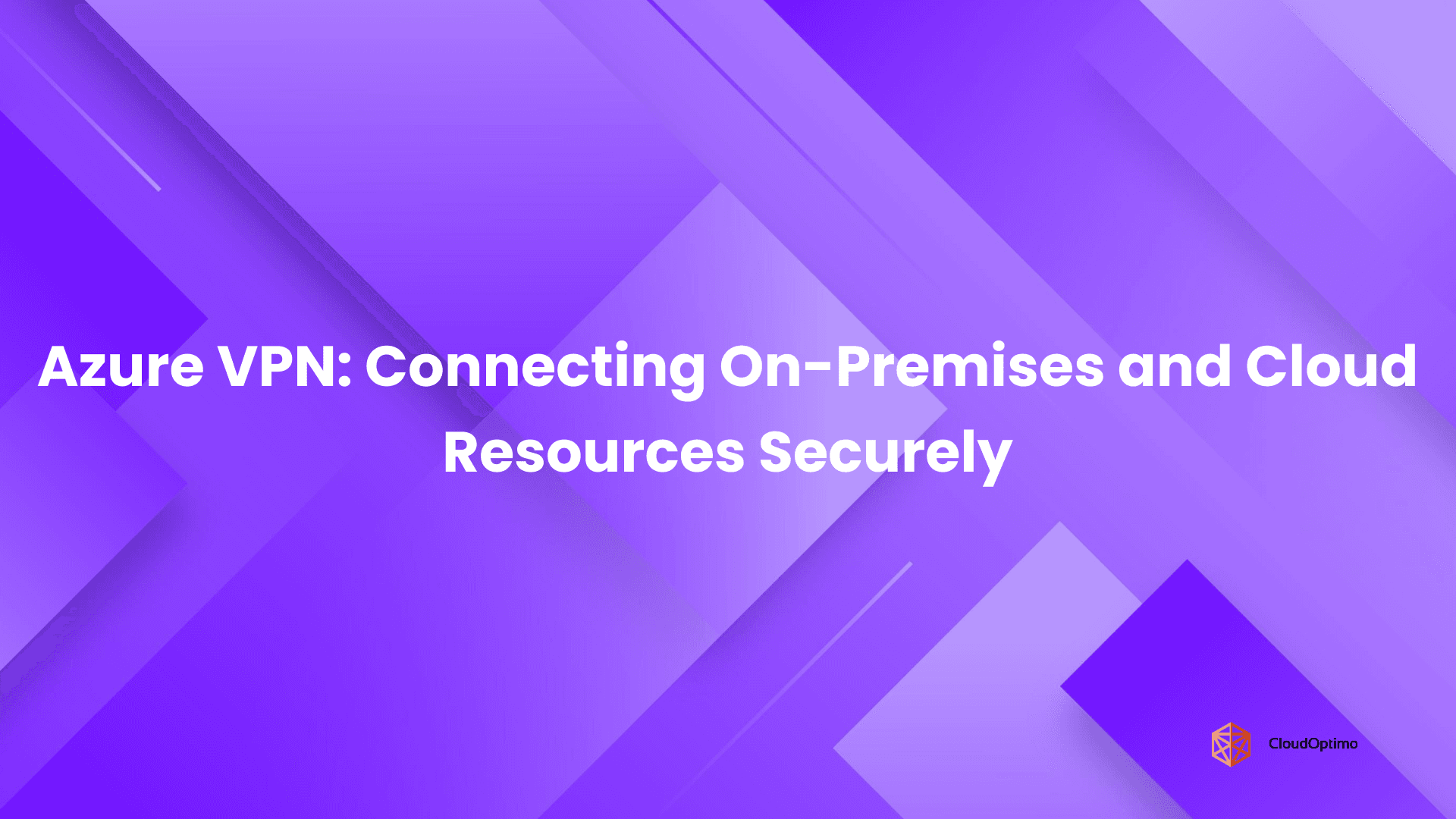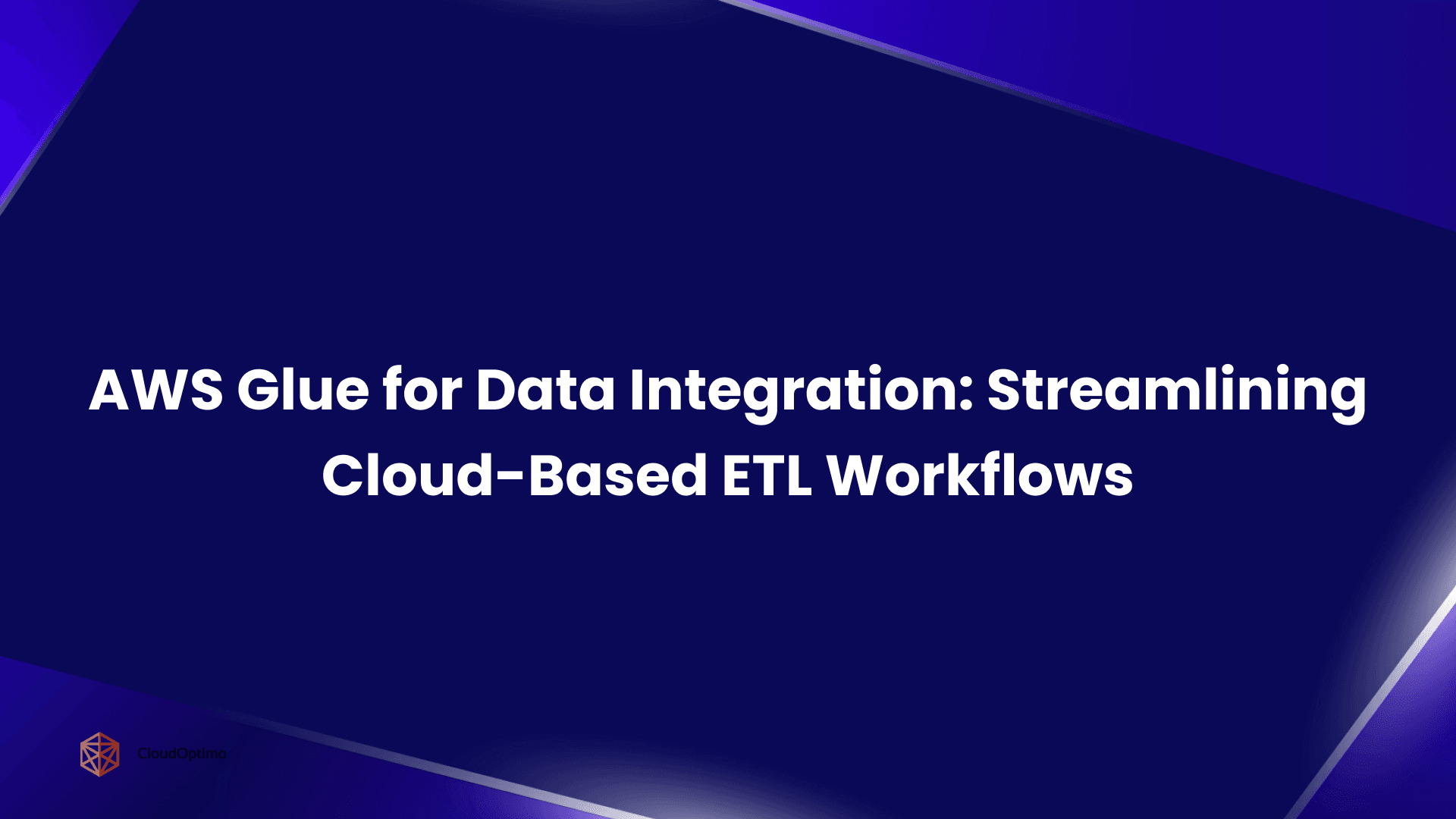1. Telecom’s Cloud Transition
Modern telecom networks are undergoing a fundamental shift. For decades, operators relied on specialized, hardware-centric systems to deliver connectivity and voice services. Those systems were dependable, but they were also rigid, difficult to scale, slow to update, and costly to maintain. As digital demand expands, that model no longer fits a world defined by 5G, IoT, AI, and near-real-time applications.
The Shifting Demands of Modern Telecom Infrastructure
Telecom today is about more than bandwidth. Networks must handle enormous data growth, support distributed devices, and meet service-level expectations that require milliseconds of latency. Traditional network architectures built on proprietary hardware struggle to meet these requirements. Scaling typically means adding more physical equipment, which increases both cost and operational complexity.
Cloud technologies offer a way forward. They bring automation, elastic scaling, and continuous delivery capabilities that have long powered enterprise IT but are now finding relevance in telecom. The shift doesn’t erase the need for physical infrastructure; it changes how that infrastructure is used and managed.
From Legacy Hardware to Cloud-Native Operations
In a cloud-native model, network functions are delivered as software running on commodity hardware or virtualized environments. Instead of maintaining discrete network appliances, operators deploy virtualized (VNFs) or containerized network functions (CNFs) managed through orchestration platforms. This separation between hardware and software enables faster rollouts, simplified upgrades, and greater flexibility in deploying new services.
Cloud-native operations also support automation. Tasks like configuration, scaling, and recovery once manual can now be handled through pipelines and policy-driven workflows. Over time, this leads to more predictable performance and reduced operational overhead.
How Hybrid and Edge Models Redefine Scalability and Performance
Not every workload belongs in a centralized cloud. Many telecom services demand low-latency processing or compliance with data-sovereignty rules. To address this, operators are adopting hybrid and edge models running certain network functions at the edge while maintaining centralized management and analytics in the cloud.
This approach allows real-time workloads, such as private 5G or industrial automation, to stay close to users, while still benefiting from cloud-level visibility and automation. The result is a network that scales both horizontally and geographically capable of meeting localized performance requirements without fragmenting operations.
2. Microsoft’s Role in Telecom Modernization
As this transition unfolds, major cloud providers are shaping how telecom operators adopt cloud principles while maintaining network-grade reliability. Microsoft is one of the players contributing to that shift through its Azure Operator Nexus platform a hybrid-cloud framework designed for telecom environments.
Microsoft’s Growing Influence in Next-Generation Networks
Over the past few years, Microsoft has invested in telecom capabilities through acquisitions like Affirmed Networks and Metaswitch, both known for their work in virtualized and software-based network functions. These efforts helped integrate telecom-specific requirements into Azure’s broader infrastructure and paved the way for specialized offerings.
Azure’s entry into this space reflects a broader industry movement: cloud providers and network operators collaborating rather than competing. Operators retain control over their physical assets and network design, while using cloud-based tooling to improve automation, monitoring, and lifecycle management.
The Strategic Vision Behind Azure Operator Nexus
Azure Operator Nexus is built around a simple premise telecom networks can benefit from the same automation and observability that cloud environments use, provided those tools are adapted to telecom’s stricter performance and compliance needs.
The platform enables operators to:
- Deploy and manage network functions consistently across on-premises, edge, and cloud locations.
- Use a unified control plane for monitoring, updates, and policy enforcement.
- Maintain carrier-grade reliability while gaining flexibility in scaling and deployment.
Rather than replacing traditional network systems, it provides a framework for gradual modernization helping operators run workloads where they make the most sense, while preserving visibility and control across distributed environments.
3. Understanding Azure Operator Nexus
What Azure Operator Nexus is and what it isn’t
Azure Operator Nexus is a hybrid-cloud platform built to run telecom workloads across on-premises, edge, and cloud environments under a unified management framework. It is designed to support network functions that require high throughput, low latency, and predictable performance. Unlike general cloud infrastructure, it is tailored for telecom-specific operational requirements rather than typical enterprise IT workloads.
Core goals: merging carrier-grade reliability with cloud-native agility
The platform aims to balance two often conflicting priorities: the reliability and performance expected in telecom networks, and the flexibility and automation typical of cloud-native operations. It supports both virtualized and containerized network functions, enabling operators to deploy and manage them efficiently while maintaining operational consistency and reducing manual intervention.
How Nexus differs from Azure Arc and related services
While Azure Arc offers general management of on-premises and multi-cloud resources, Nexus is specifically built for telecom environments. It adds certified hardware configurations, infrastructure optimizations, and operational features required for carrier-grade network functions. This makes it distinct from broader cloud management tools by focusing on performance, scalability, and the operational needs of telecom operators.
Why it’s purpose-built for telecom environments
Telecom networks have unique requirements: predictable latency, high throughput, strict service-level agreements, and deployment across distributed locations. Nexus addresses these by supporting specialized infrastructure features, enabling workload isolation, and providing lifecycle management for both software-defined and hardware-based network functions. Its design allows operators to deploy functions reliably, whether in core data centers or at the edge, without sacrificing performance or operational visibility.
4. Inside the Architecture: How Nexus Operates
Core Components and Orchestration Model
Nexus is built around two main parts: a central management system and a distributed infrastructure that runs across data centers, on-premises sites, and edge locations.
The management system acts as the control center it takes care of orchestration, monitoring, updates, and automation. This means operators can manage all their sites from one place instead of handling each location separately.
The infrastructure side of Nexus runs on standardized hardware, which helps ensure consistency and reliability no matter where it’s deployed. This setup makes it easier to roll out new services, keep systems aligned, and maintain performance across multiple sites.
Integration with Kubernetes and Management Tools
Nexus uses Kubernetes to run and manage containerized network functions, which are flexible, software-based versions of traditional network hardware. It also connects with a unified management interface, bringing together tools for automation, deployment, and monitoring.
This integration allows operators to:
- Manage all workloads both virtual machines and containers in the same way
- Automate deployments and updates
- Apply consistent policies and performance rules across every site
By combining Kubernetes with centralized management, Nexus helps telecom operators deliver services faster, more reliably, and with less manual effort.
Ensuring Reliability, Scalability, and Performance
To meet high telecom standards, Nexus includes several performance and reliability features. It uses techniques like CPU pinning and network acceleration to make sure workloads run efficiently with low latency.
The system can scale easily, whether it’s powering a small edge site or a large multi-rack core network. Nexus handles this scaling automatically, without interrupting service.
Built-in automation also manages updates, repairs, and performance tuning. If an issue occurs, self-healing mechanisms can detect and fix it quickly helping maintain steady, high-quality service for customers.
5. The Hybrid Edge Advantage
Why hybrid architecture is essential for telecom workloads
Many telecom services require low latency and proximity to users or devices. Hybrid architecture allows workloads to run closer to where they are needed, while maintaining centralized management and oversight. This approach enables operators to deliver responsive services without compromising visibility or operational control.
Managing latency, compliance, and data locality
Edge deployments reduce delays for time-sensitive workloads and allow operators to meet regional compliance and data sovereignty requirements. By running critical functions locally while centralizing monitoring and management, operators achieve both performance and governance objectives.
Distributed cloud execution: from core to edge
Operators can deploy workloads across core and edge locations, balancing performance and resource utilization. The platform ensures consistent policies, monitoring, and orchestration regardless of where workloads run, enabling seamless operations across distributed environments.
Real-world deployment models using Nexus
Hybrid platforms support various deployment scales from single-rack edge sites to multi-rack core data centers. This flexibility allows operators to modernize infrastructure, deploy services faster, and manage distributed workloads efficiently, all while retaining central control and observability.
6. Modernizing Network Operations
From manual configurations to automated, CI/CD-driven operations
Traditional telecom networks often rely on manual configuration and physical intervention to deploy or update services. Modern platforms enable operators to automate these processes using pipelines and policy-driven workflows. Continuous integration and continuous deployment (CI/CD) principles allow changes to network functions to be tested, validated, and rolled out reliably and quickly.
Cloud-native principles transforming telecom management
Applying cloud-native practices such as containerization, microservices, and declarative infrastructure helps operators break monolithic network functions into modular components. This modularity enables faster updates, simplified troubleshooting, and more efficient resource utilization. It also provides the flexibility to scale specific functions independently rather than the entire network stack.
Operational benefits: speed, scalability, and cost optimization
Automation and cloud-native design reduce operational overhead and accelerate service delivery. Operators can scale workloads dynamically to meet changing demand, optimize resource utilization, and reduce both capital and operational costs. At the same time, monitoring and observability tools provide real-time insights, allowing proactive management of network performance and reliability.
7. Security, Compliance, and Governance
End-to-end security across infrastructure and workloads
Telecom networks carry sensitive data and support critical services, so security is a fundamental requirement. Hybrid platforms provide security controls at every layer from hardware and virtualized infrastructure to network functions. Features such as role-based access, network segmentation, and workload isolation ensure that each component is protected against unauthorized access or interference.
Policy enforcement and access control
Consistent policy enforcement across distributed environments is essential for operational integrity. Operators can define policies centrally and apply them across core, edge, and cloud resources. Role-based access control ensures that administrators, developers, and operators have the appropriate level of permissions, reducing the risk of misconfigurations or security incidents.
Meeting telecom-grade compliance standards
Regulatory requirements in telecommunications vary by region and often require data localization, privacy protections, and operational transparency. Hybrid platforms support compliance by allowing workloads to remain in specific locations while providing unified auditing, reporting, and governance across all sites. This enables operators to meet legal and industry standards without compromising operational flexibility.
8. Real-World Impact and Adoption Outlook
How Operators Are Adopting Nexus and Deployment Patterns?
Telecom operators are increasingly turning to hybrid cloud platforms like Nexus to modernize their infrastructure and manage distributed workloads more efficiently. These platforms make it easier to deploy services quickly, reduce operational overhead, and maintain consistency across diverse environments.
Deployment patterns vary widely. Some operators start with small edge clusters that support enterprise or regional applications, while others roll out large multi-rack core sites to handle high-throughput mobile and broadband traffic. This flexibility allows each operator to scale and adapt Nexus to their business model, performance goals, and network footprint.
Practical Considerations Before Adoption
Moving to a hybrid cloud platform requires careful planning. Operators need to evaluate hardware readiness, network integration, and operational skills to ensure smooth adoption. It’s also important to define where workloads should run at the edge, in the core, or in the cloud based on latency, cost, and performance needs.
Other key areas to prepare for include:
- Automation and monitoring tools for day-to-day operations
- Security and regulatory compliance in multi-site deployments
- Training and process updates to support cloud-native workflows
With the right preparation, operators can fully realize the benefits of hybrid architectures achieving high performance, scalability, and simplified management.
The Future of Telecom Networks with Hybrid Cloud Foundations
Hybrid and edge-enabled architectures are quickly becoming the backbone of next-generation telecom networks. By combining centralized control with distributed execution, operators can deliver faster, more reliable, and more flexible services.
This shift lays the groundwork for emerging innovations such as private 5G, IoT ecosystems, and real-time analytics. As networks evolve, platforms like Nexus will help operators move from static, hardware-centric models to dynamic, software-driven operations that respond instantly to changing customer and network demands.
In short, the adoption of hybrid cloud platforms marks a turning point driving telecoms toward a future defined by agility, automation, and continuous innovation.





